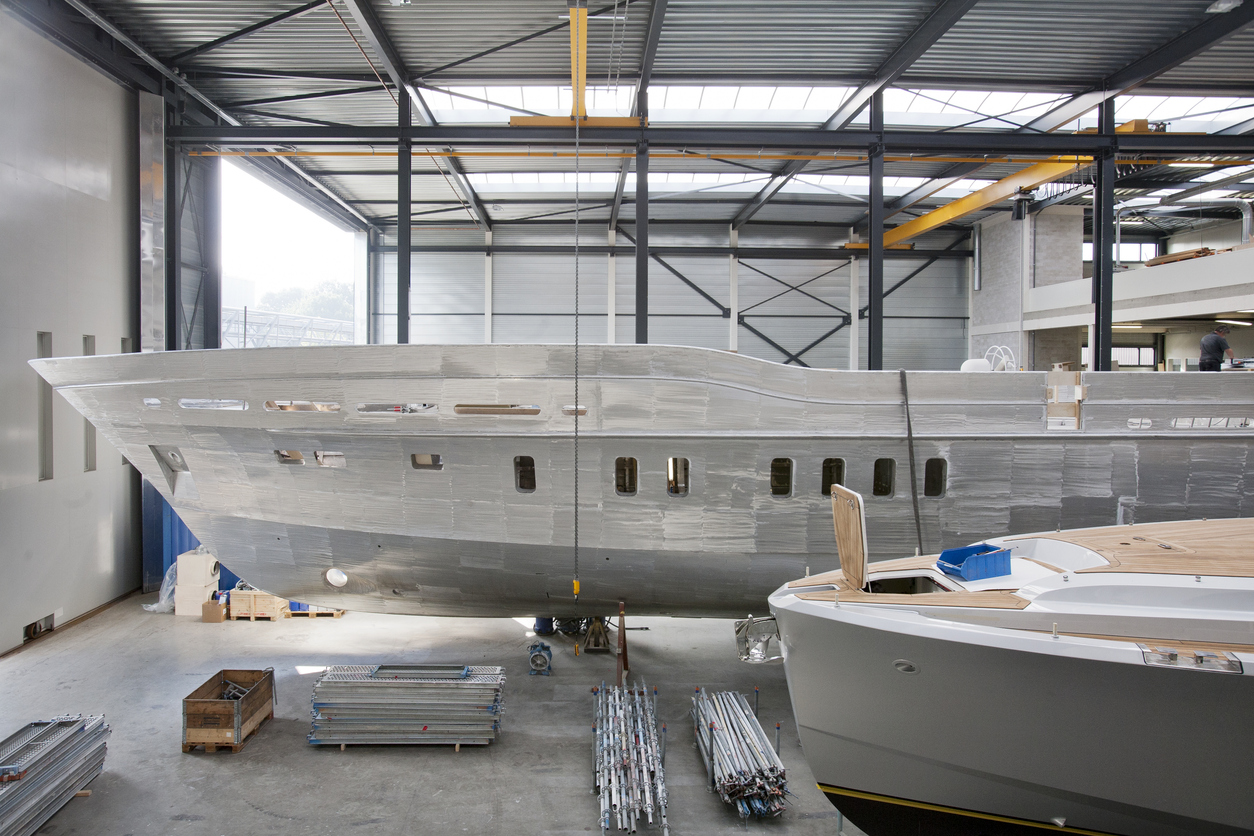Boat Building: Crafting Vessels for Leisure, Work, and Exploration
Boat building is a centuries-old craft that has evolved from simple wooden canoes to complex, high-tech vessels used for leisure, fishing, transport, and exploration. This intricate process involves various skills, materials, and techniques to create boats that are not only functional but also durable and safe. Whether you’re interested in building a small kayak or a large yacht, understanding the basics of boat building can help you appreciate the craftsmanship and technology behind these vessels.
The Art and Science of Boat Building
Boat building combines both artistic design and scientific engineering. It requires an understanding of hydrodynamics, materials science, and construction techniques to ensure that the boat performs well on the water while also being aesthetically pleasing.
Key Stages of Boat Building:
- Design and Planning
- Blueprint Creation: The first step in boat building is designing the vessel. This includes creating detailed blueprints that specify the dimensions, materials, and construction techniques to be used. The design must consider factors like buoyancy, balance, and the intended use of the boat.
- Material Selection: Different types of boats require different materials, such as wood, fiberglass, aluminum, or steel. The choice of material affects the boat’s weight, durability, and maintenance requirements.
- Hull Construction
- Frame Building: The hull is the most critical part of the boat, providing structure and shape. The process begins with building the frame, which acts as the skeleton of the boat. The frame must be strong enough to support the hull and withstand the stresses of the water.
- Planking and Sheathing: Once the frame is constructed, it is covered with planks or sheets of the chosen material. For wooden boats, this involves attaching planks to the frame using nails, screws, or adhesive. For fiberglass or metal boats, the sheathing process involves laying and securing large sheets or panels to the frame.
- Internal Fitting
- Installing Bulkheads and Decking: After the hull is completed, the interior of the boat is fitted with bulkheads (internal walls) and decking (flooring). These components add structural integrity and provide spaces for storage, equipment, and living areas.
- Cabin and Cockpit Construction: For larger boats, this stage includes constructing the cabin and cockpit, where the controls are located and where passengers or crew will spend most of their time.
- Finishing Touches
- Painting and Sealing: Once the main structure is complete, the boat is painted and sealed to protect it from the elements. This stage also involves adding any necessary coatings to improve water resistance and reduce maintenance.
- Installation of Equipment: Finally, the boat is equipped with essential components like the engine, steering system, electrical wiring, and safety equipment. Additional features such as seating, navigational tools, and luxury fittings are also installed during this stage.
Materials Used in Boat Building
The choice of material is crucial in boat building as it affects the vessel’s performance, longevity, and maintenance needs.
- Wood: Traditional boat-building material known for its beauty and buoyancy. Commonly used in small boats, yachts, and classic designs.
- Fiberglass: Popular for its strength, lightweight nature, and low maintenance. Widely used in recreational boats.
- Aluminum: Known for its durability, light weight, and resistance to corrosion. Ideal for fishing boats and utility vessels.
- Steel: Used in larger commercial and industrial vessels due to its strength and ability to withstand harsh conditions.
Types of Boats Built
Boat building can involve crafting a variety of vessels, each tailored to specific purposes:
- Kayaks and Canoes: Small, lightweight boats designed for individual or small group use in calm waters.
- Fishing Boats: Vessels equipped for fishing, ranging from small skiffs to larger trawlers.
- Yachts: Luxury vessels designed for leisure, often featuring cabins, kitchens, and other amenities.
- Sailboats: Boats propelled by sails, requiring precise design for balance and maneuverability.
- Commercial Vessels: Large ships used for transporting goods, including tankers, cargo ships, and ferries.
Why Choose Wigmore Trading for Your Boat Building Needs?
At Wigmore Trading, we specialize in providing high-quality materials, expert craftsmanship, and comprehensive support for boat-building projects. Whether you’re a hobbyist looking to build a small personal boat or a business requiring a fleet of commercial vessels, our team has the experience and resources to help you bring your vision to life.
Conclusion
Boat building is a sophisticated process that combines design, engineering, and craftsmanship to create vessels that are both functional and beautiful. Whether you are interested in constructing a simple canoe or a complex yacht, understanding the stages of boat building, the materials involved, and the types of boats that can be created is essential.
At Wigmore Trading, we are dedicated to helping you navigate the boat-building process from start to finish. Contact us today to learn more about how we can support your boat-building endeavors.
Get in Touch:
Interested in boat building? Contact Wigmore Trading for expert advice and premium materials. Visit our website, email, or call us to explore how we can help you craft the perfect vessel.








Comments are closed.